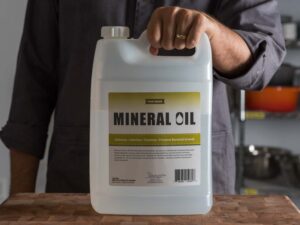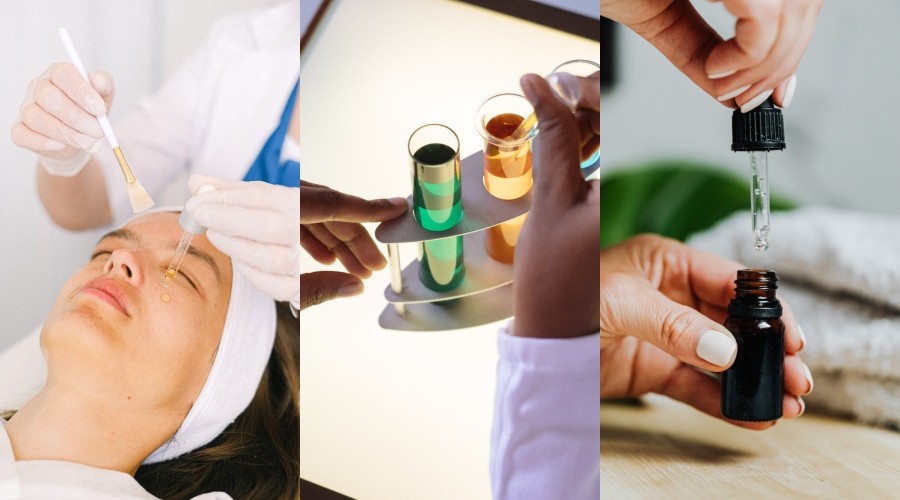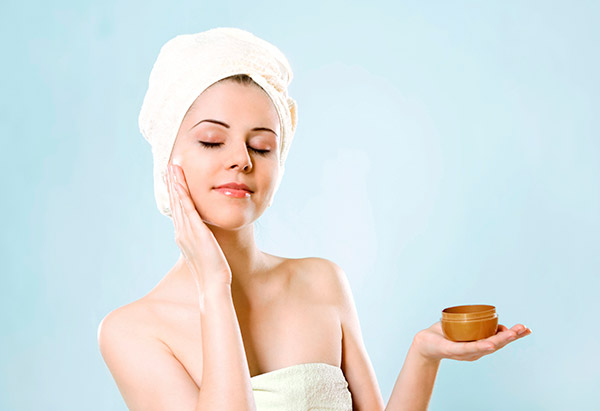Your skin is the largest organ of your body, and what you apply to it matters more than you might think. While many skincare products promise youthful, glowing skin, some contain ingredients that could harm your skin or overall health. Knowing what to avoid can help you make informed choices and protect your skin from unnecessary damage. Here are the top 8 skincare ingredients to avoid and why.
1. Parabens
Parabens are preservatives commonly used in cosmetics to extend shelf life by preventing the growth of mold and bacteria. However, they’ve been linked to hormone disruption as they mimic estrogen in the body. Over time, this can interfere with the endocrine system and potentially contribute to conditions like breast cancer and fertility issues.
Alternatives: Look for products labeled “paraben-free” and choose brands that use natural preservatives like vitamin E or plant-based ingredients.
2. Artificial Fragrances
While that lovely scent might make your skincare feel luxurious, artificial fragrances are one of the most common irritants in beauty products. They can cause allergic reactions, skin sensitivity, and even respiratory issues. Moreover, companies aren’t required to disclose the specific chemicals in “fragrance,” which could include harmful toxins.
Alternatives: Opt for fragrance-free products or those scented with essential oils.
3. Sulfates
Sodium lauryl sulfate (SLS) and sodium laureth sulfate (SLES) are foaming agents found in cleansers and shampoos. While they help create a satisfying lather, they can strip your skin of its natural oils, leading to dryness, irritation, and inflammation.
Alternatives: Choose sulfate-free cleansers and shampoos with milder surfactants like coco-glucoside or decyl glucoside.
4. Phthalates
Phthalates are used to make products more flexible and durable, often found in lotions, perfumes, and nail polishes. Unfortunately, they’re known endocrine disruptors and have been associated with developmental and reproductive issues.
Alternatives: Check for labels that state “phthalate-free” or avoid products with vague terms like “fragrance,” which often conceal phthalates.
Formaldehyde is a carcinogenic c
5. Formaldehyde and Formaldehyde-Releasing Agents
chemical used as a preservative in some skincare products. Additionally, ingredients like DMDM hydantoin, imidazolidinyl urea, and quaternium-15 release formaldehyde over time. Prolonged exposure can cause skin irritation, allergic reactions, and even increase cancer risk.
Alternatives: Seek out formaldehyde-free products and brands with a commitment to clean beauty standards.
6. Mineral Oil

A byproduct of petroleum, mineral oil is often used in moisturizers because it creates a barrier on the skin. While this might sound good, it can clog pores and prevent your skin from breathing, potentially leading to acne and blackheads.
Alternatives: Opt for plant-based oils like jojoba oil, argan oil, or shea butter, which nourish the skin without clogging pores.
7. Synthetic Colors
Synthetic dyes (often listed as FD&C or D&C followed by a color and number) are used to make products more visually appealing. These dyes are derived from petroleum or coal tar and can cause skin irritation or sensitivity. Some are even linked to cancer and organ toxicity.
Alternatives: Look for products without artificial colors or those that use natural alternatives like plant extracts.
8. Alcohols (Certain Types)
Not all alcohols are bad, but certain types like isopropyl alcohol, ethanol, and benzyl alcohol can dry out and irritate the skin. They strip the skin of its natural moisture barrier, leading to dryness and increased sensitivity.
Alternatives: Choose products with fatty alcohols like cetyl alcohol or stearyl alcohol, which are hydrating and skin-friendly.
How to Make Safer Choices
- Read Labels Carefully
Familiarize yourself with harmful ingredients and always check the ingredient list before purchasing a product. - Choose Clean Beauty Brands
Many brands now prioritize transparency and exclude harmful chemicals. Look for certifications like “organic,” “natural,” or “clean.” - Patch Test New Products
Test a small amount of any new product on your wrist or behind your ear before applying it to your face. - Stay Educated
Keep up with the latest research and trends in skincare to ensure you’re making the best choices for your skin.
By avoiding these harmful ingredients, you can ensure that your skincare routine supports your skin’s health and long-term beauty. A little diligence goes a long way in protecting your skin and overall well-being.



